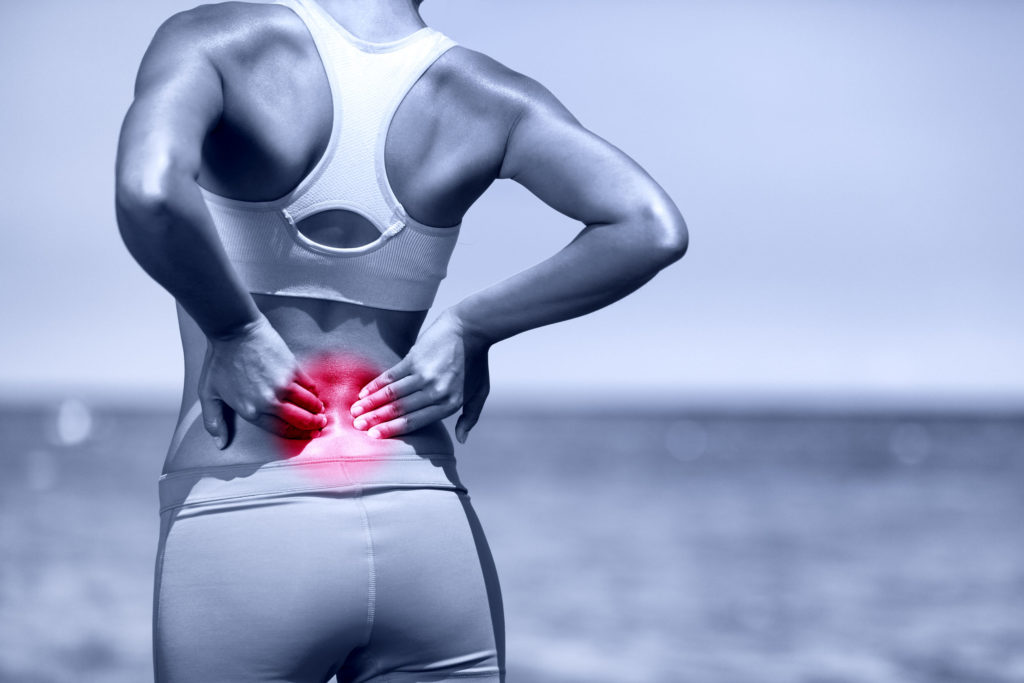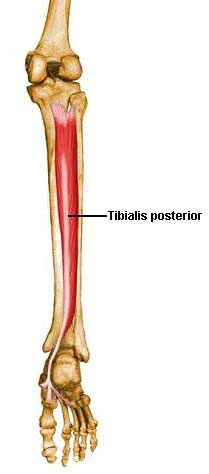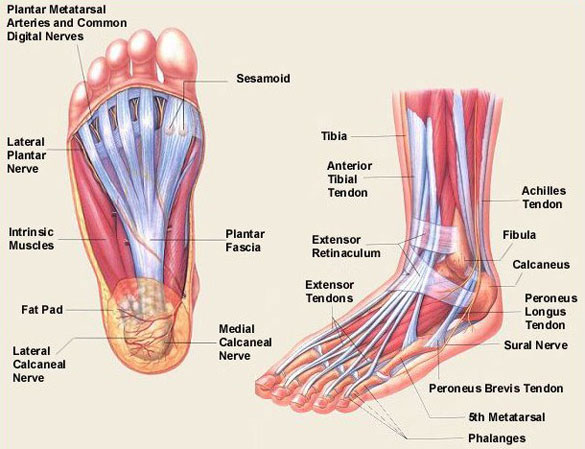Two weeks ago, I had pushed my body to its limit. Long runs, heavy lifting, intense yoga practice and a stressful week at work, I felt a deep pain in my joints, especially in my hip which was healing a stress fracture and a strain in the attachment at my greater trochanter. These injuries began to radiate throughout my hip (specifically in my sacroiliac joint – located in the pelvis by the sacrum) into my lower back. My yoga teacher, Ariel Karass, informed me after our private session that I needed to take at least 3 weeks off from physical activity. I’ve had more than my share of doctors, bodywork therapists, and fellow trainers tell me the same but his confirmation made my decision final.
During my week of rest (more mentally and physically challenging than I had expected), I worked with two massage therapists, a guided meditation teacher, and received chiropractic adjustment and acupuncture – all to help me heal. After collecting data from these brilliant professionals, there was one profound piece of information that hit the bull’s eye!
This was nothing new to me and something I often educate my students on yet I neglected to see this in myself…a simple pronation of my left foot. Pronation of the foot is when the heel angles inward and the arch collapses. Those with arches in their feet all have some form of pronation. It depends how extreme the pronation that determines how the foot will strike the ground, how the body will absorb the shock and where the bones and muscles will align as the foot lands. Runner’s World wrote a great article on the different types of pronation.
Regine Rousseau, massage therapist and pre-med student studying Orthopedic Surgery in Sports Medicine, performed alignment assessments before she began bodywork on me.
Try these on yourself!
– Pelvic tilt: Place 1 finger on the front boney knobs on each side of your hip. CHECK! Are your fingers lined up to form a straight line? Is one higher than the other? The one lower means that your pelvis is anteriorly rotated and the higher is posteriorly rotated.
– Slow walk: Take your time and consciously step one foot in front of the other when walking across a room. CHECK! Do your arches roll in? Does one hip drop down more than the other? Does your pelvis move front and back or side to side?
– External rotation of the legs: Lay on your back, make sure your legs are set hip width apart, flex both feet so they point straight up, then relax them. CHECK! Does one leg roll out more than the other?
My results were YES to most of the above. But the problem was in the over-pronation of my left foot. It created a tightness in the entire foot that led to a chain reaction up the shin to the knee to the hip flexors and then finally to the lower back. Who would have thought that your feet would lead to hip pain. But when you think of it…it’s pretty obvious.
The foot is the foundation of our body’s structure and the first and last part of the body to touch the ground. Elasticity of the foot is crucial as every step demands a stretching of its muscles and attachments. As elasticity decreases, so do the biomechanics. Not only do the muscles need to be elastic but most importantly the fascia that encases these muscles. Fascia is the connective tissue that surrounds our muscles, groups of muscles, and nerves (think of pantyhose or the casing around sausage). Fascia binds groups of muscles together so that others can slide smoothly over each other. When there is tightness or adhesion in the fascia, limitations occur in movement creating a pulling effect on muscles and their insertions.
For example, in over-pronation of the foot, the arch is where the pulling stems from. Inside the structure of the arch is the insertion point of the tibia posterior (see image) which travels up the back of the shin bone and behind the tibialis anterior (the muscle right next to the shin bone). When the fascia of your feet (plantar fascia) become overworked or bounded, it can add more pressure and pulling of the tibia posterior which can affect the alignment of your knees into the hips and up the back.
This is when rolling of the foot or better known as Myofascial Release is the cure. Myofascial Release has exploded in both the fitness and massage industry and now recognized as the most effective form of healthcare therapy and treatment of pain and dysfunction. There are 2 ways of MFR: passive (one is completely relaxed and work is done on them) or active (where resistance is applied such as foam rolling).
Let’s talk about active release. Grab a tennis ball or a massage ball (I love these!) (for more density, use a lacrosse ball) and begin by placing it on the arch of your foot. Slowly roll up and down the arch releasing the fascia. When you find a tender spot, stop and apply your body weight to release adhesions. Once tension releases, begin to roll up and down the foot (see anatomy). Make sure you get the outer blade, center, and the balls of the feet. This will release tension in your feet and help you find more elasticity and stability as you walk, run, and stand.
Strengthening the feet is just as important. Toe raises, toe taps, and resistance band work will strengthen the muscles of the feet and the lower leg helping to stabilize your stance, making your feet accountable for every step!
So the next time you’re feeling hip or back pain, look down at your feet. Pay attention to tightness and range of motion. Start by rolling your feet and then work your way up the leg to the hip. You will be surprised how those 2 little extremities can play a huge part in living a pain free life!
* Thank you to those that helped me heal during my week of rest. I’m so thankful to have them as part of my Community.
Massage Therapists: Regine Rousseau + Amey Shue (Soho Sanctuary)
Chiropractor and Acupuncturist: Dr. Gabrielle Francis (The Herban Alchemist)
Guided Meditation: Alison Blake
Yoga Teacher: Ariel Karass (Ariel Karass)


